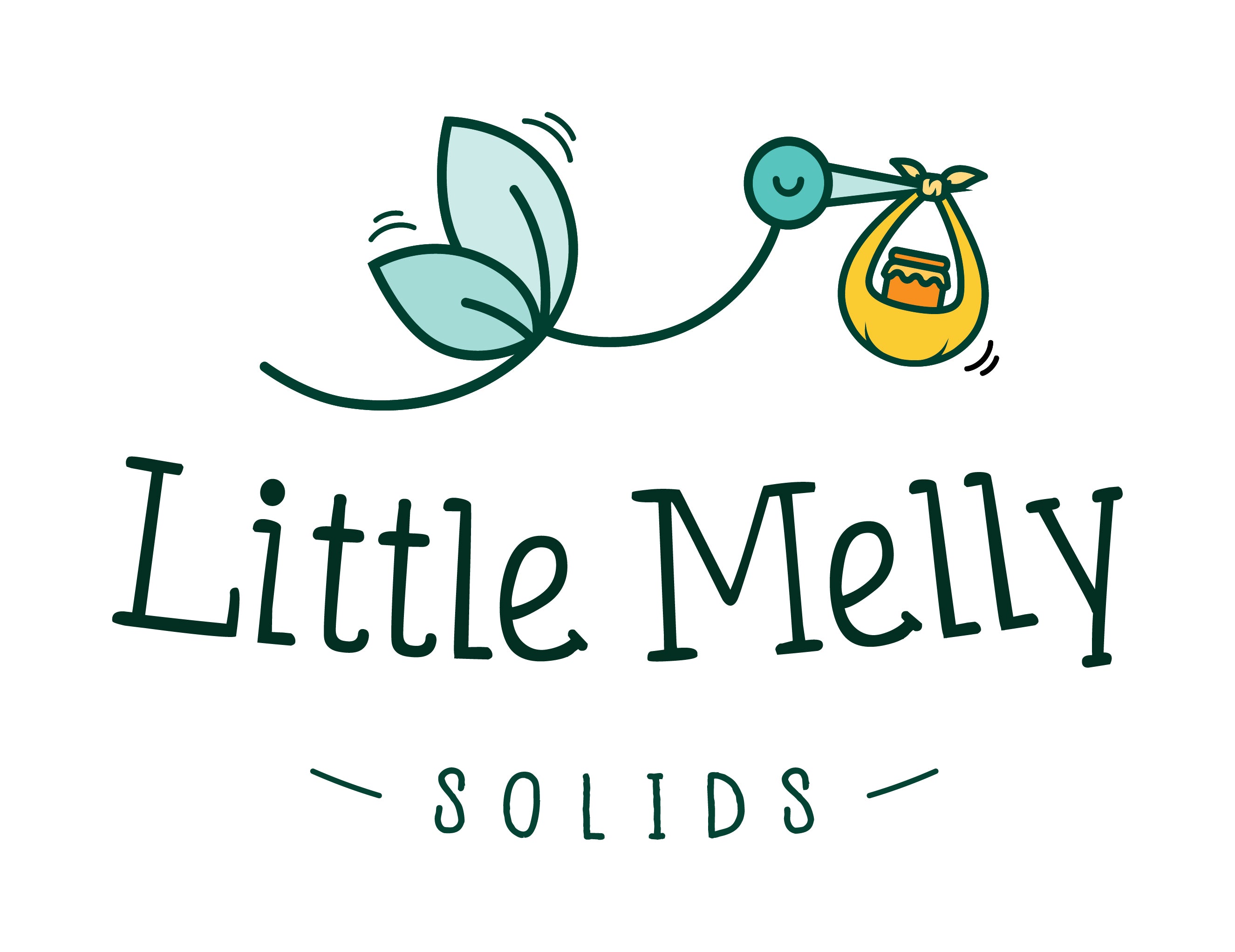Do babies learn to chew on their own? Oh yes. And can we help them perfect the skill? You bet. This blog post will help you learn some tips and tricks to help baby advance from a puree to a half blend, from a half blend to pieces, or straight away to finger foods!
When can babies chew?
Contrary to older beliefs, babies do not use their teeth to chew. They use their gums! This means that babies even 6 months old can chew well with the right practice. More specifically, babies use the sides of their mouth to chew (where the molar teeth come in). Think about it: we don’t chew at the front of our mouth but near the back sides.
Fun fact: this also means that the two to fourth teeth that first pop up in the center are not what’s helping your baby to chew. They aren’t using those teeth to chew!
How do babies really chew?
Babies chew in a three-step process: first, they use their tongue to push the food to the back side of the mouth. Second, they chew the food, and finally, they use their tongue again to move the food backwards to swallow. Babies learn to do this innately, without much help from our side. Nevertheless, there are tips we can do to help baby transition more easily.
How can I help baby chew better?
-
Start with softer foods that are “safer”
Some ingredients such as avocado, banana, pumpkin, and sweet potato are so soft by nature that they make chewing easier for babies to learn. Begin with these ingredients and then work your way up to harder and tougher foods.
-
Help your baby push food to the sides (molar area)
It takes time for babies to perfect their tongue skills. This is why gagging is so common during the early phases of weaning. We can help babies learn how their tongue should function in this way: place food perpendicular to the mouth (not straight in front of it but to the sides 90 degrees). This applies for both baby-led weaning babies and spoon-fed babies. For BLW (baby-led weaning), hold the finger food and place inwards at 90 degrees. For spoon-fed babies, place the spoon in the same way.
-
Alternate sides
Remember to alternate sides when doing step two! We subconsciously will always place the food on one side of the mouth. It’s important to keep alternating sides so baby can practice both.
-
Visually show your baby what chewing looks like
Place food in your mouth too and show your baby how you’re chewing. You will need to exaggerate the process: open your mouth wide, place the food in, and model the chewing motion slowly and clearly. Another tip you can use is placing a mirror in front of your baby so they can see what they look like as they chew.
When should baby chew well?
The goal is to have your baby chewing pieces of food easily by one year of age. We say this because at the one-year mark, many babies go through a ‘picky’ eating phase. This is because they recognize they can and want to be independent. During this phase, baby-led weaning works wonders. Babies and toddlers have the freedom and independence to hold the foods they like and choose to chew them.
If you’re working on gradually reaching a consistency of pieces, then your aim is to reach a half blend by 8 months.



